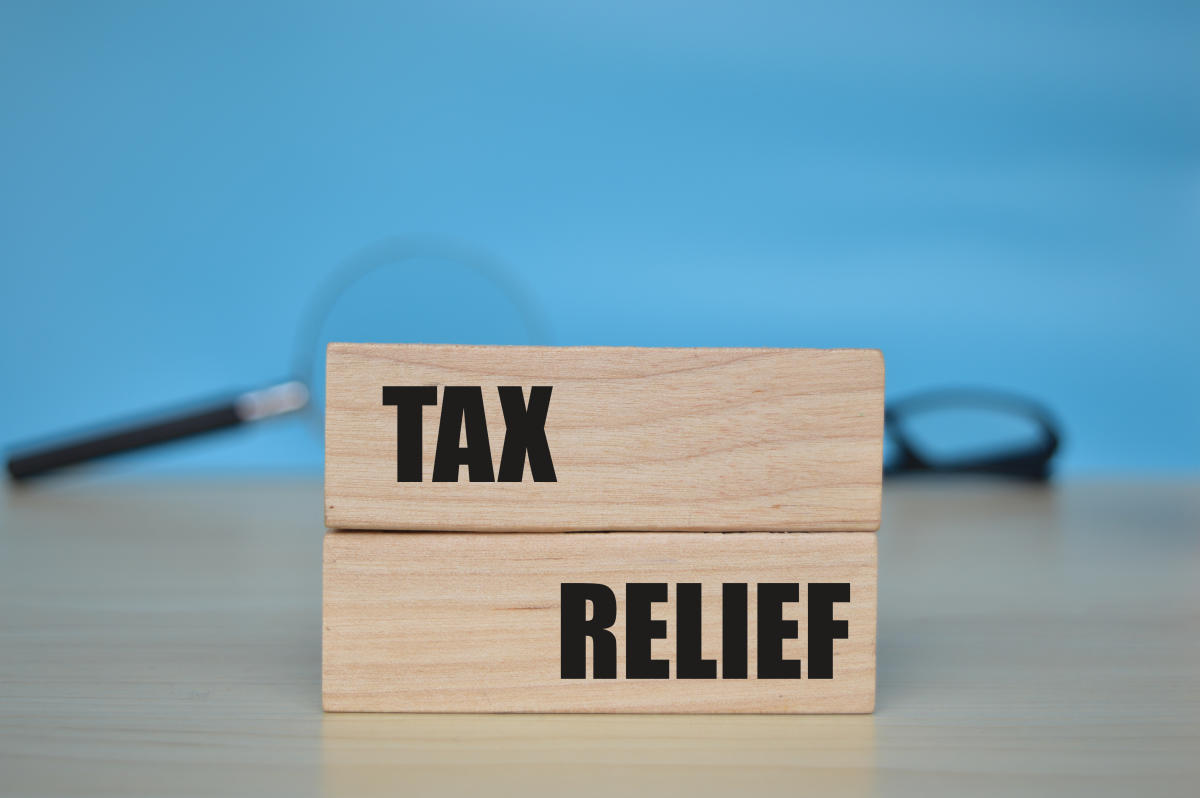In the context of a challenging global economy, tax relief assistance has become a crucial tool for encouraging economic development and improving the lives of citizens. This policy not only reduces the financial burden on individuals and businesses but also helps stimulate consumption and investment. This article will delve into the different forms of tax relief assistance, the eligible beneficiaries, the application process, as well as the benefits and challenges of this policy.
Overview of tax relief assistance
Tax relief assistance refers to measures implemented by the government to reduce the tax burden on individuals and organizations. The primary goal of this policy is to create favorable conditions for citizens and businesses to sustain and expand their production and operations. During times of economic crisis, the application of tax relief measures becomes even more essential to stabilize the economy, stimulate consumption, and promote sustainable growth.

Types of tax relief assistance
There are various forms of tax relief assistance, tailored to different individuals and circumstances:
Tax reductions for individuals and families
This form of assistance directly benefits those with low incomes, the unemployed, or families facing financial hardships. Such policies help reduce the financial burden on these groups, improving their overall quality of life. By providing tax deductions or credits, individuals can keep more of their earnings, which in turn allows them to spend more on essential needs, fueling economic activity in local communities.
Incentives for businesses through tax credits
Governments can offer tax credits as incentives for businesses, particularly to encourage investment and expansion. This allows companies to deduct a portion of their tax liabilities based on investment expenditures, such as purchasing new equipment or expanding operations. By alleviating the tax burden, businesses can allocate more resources toward growth, innovation, and hiring, ultimately contributing to broader economic development.
Assistance for targeted sectors
Certain sectors that are heavily impacted by economic crises, such as tourism or aviation, may receive targeted tax relief. Governments can introduce specialized support packages, including temporary tax reductions or exemptions, to help these industries recover more swiftly. These measures aim to stabilize the sector, safeguard jobs, and ensure long-term viability during challenging times.
Eligible groups and criteria for tax relief assistance
The main beneficiaries of tax relief assistance include:
Individuals with low income and those without employment
This group is among the most vulnerable in society, often facing significant financial challenges. Low-income earners and the unemployed frequently struggle with covering basic living expenses such as housing, food, and healthcare.
Tax relief, in this case, serves as a critical tool to ease their financial burden, providing them with additional resources to meet essential needs. Tax credits or deductions aimed at this demographic can significantly improve their financial stability and quality of life, reducing poverty and social inequality.
Small and mid-sized businesses (SMBs)
SMEs form the backbone of most economies, contributing substantially to job creation and economic growth. However, these businesses often face cash flow challenges, especially during times of economic uncertainty.
Tax relief for SMEs can take the form of tax credits, deductions, or exemptions on specific business activities, such as research and development, hiring new employees, or investing in new technologies. By reducing their tax liabilities, governments help SMEs reinvest in their operations, stay competitive, and avoid layoffs, thereby supporting broader economic resilience.

Industries affected by crises
Certain industries, such as tourism, aviation, and hospitality, are particularly vulnerable to economic downturns, pandemics, or other crises. These sectors often experience sharp declines in demand and revenue, leading to job losses and business closures. Targeted tax relief for these industries can involve temporary tax reductions, deferred payments, or exemptions on specific taxes such as value-added tax (VAT) or corporate income tax.
By providing immediate financial relief, these measures enable affected industries to recover more quickly, protect jobs, and stabilize their operations. Such support is crucial for safeguarding the livelihoods of workers and sustaining the economic ecosystem in these sectors.
In summary, tax relief assistance focuses on helping the most financially vulnerable groups-whether individuals or businesses-thereby contributing to economic recovery and social stability.
Benefits and challenges of tax relief assistance
The implementation of tax relief programs offers numerous benefits but also comes with several challenges that need to be addressed:
Benefits
Alleviating the financial pressure on individuals and companies
One of the most significant advantages of tax relief assistance is its immediate impact on reducing the financial strain on individuals and businesses. For low-income households and unemployed individuals, tax cuts or credits through tax relief assistance can provide essential resources to cover daily expenses such as housing, healthcare, and education.
For businesses, especially small and medium-sized enterprises (SMEs), tax relief assistance helps lower operational costs, enabling them to reinvest in their workforce, technology, and growth strategies. This reduction in financial pressure supports both livelihoods and business continuity.
Encouraging consumer expenditure and investment
Tax relief can play a pivotal role in boosting consumption and investment. When individuals and families have more disposable income due to lower taxes, they are likely to increase their spending, which directly fuels demand for goods and services.
Similarly, businesses with tax incentives are more inclined to invest in expansion, new hires, and innovation. This upward cycle of spending and investment drives economic growth, creating a more dynamic and prosperous economy.
Job creation and economic growth
By reducing the tax liabilities of businesses, especially in key industries, governments can facilitate job creation and economic development. Companies with more capital at their disposal are more likely to hire additional employees, leading to lower unemployment rates and increased productivity. The ripple effect of tax relief extends to improved living standards and stronger economic resilience, as businesses expand and communities prosper.

Challenges
Limited access to information
One of the main challenges of tax relief programs is that many individuals and businesses may be unaware of their eligibility for such benefits. Access to information about tax relief options is often limited, especially for small business owners, rural populations, or those with limited financial literacy.
As a result, they may miss out on critical assistance that could help them navigate difficult economic conditions. Governments need to improve public outreach and ensure that tax relief programs are widely advertised and easily understood.
Complex administrative procedures
Another significant obstacle in accessing tax relief assistance is the often complicated and bureaucratic nature of the application process. Applying for tax credits or exemptions can be cumbersome, requiring extensive documentation, time, and legal knowledge.
This complexity may deter individuals and small businesses from pursuing tax relief assistance, even when they are eligible. Simplifying administrative procedures and offering clear guidelines can ensure that more people take advantage of these beneficial programs.
Risk of fraud and abuse
Like many financial aid programs, tax relief can be vulnerable to fraud and abuse. Some individuals or businesses may attempt to exploit the system by falsely claiming eligibility or misrepresenting their financial situation to gain undeserved tax benefits.
This can result in significant revenue loss for governments and undermine the effectiveness of the program. To combat this, authorities need to implement robust monitoring and verification systems to ensure that only those genuinely in need receive the assistance.
Conclusion
While tax relief provides crucial financial support and promotes economic growth, it also requires careful management to address its challenges. Clear communication, streamlined processes, and effective oversight can help maximize the benefits while minimizing risks, ensuring that tax relief policies fulfill their intended purpose of supporting individuals, businesses, and the broader economy.
Tax relief assistance is a powerful tool for fostering economic growth by reducing financial burdens, encouraging spending, and supporting business expansion. With proper implementation and oversight, it can drive economic resilience and benefit both individuals and businesses.